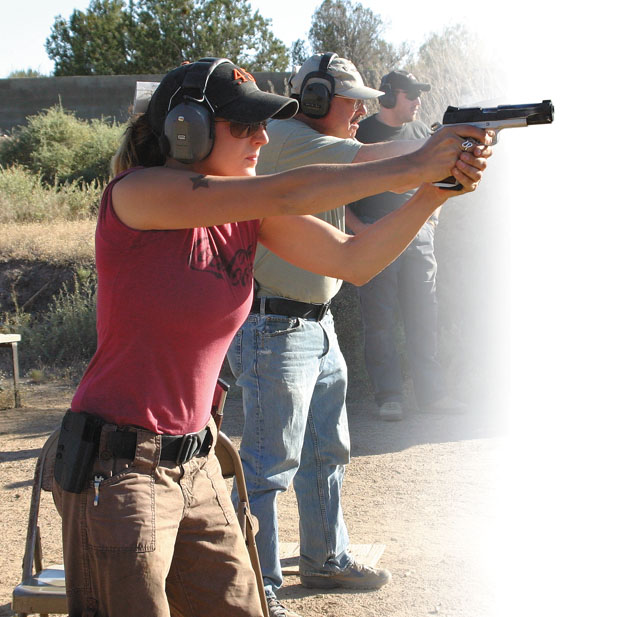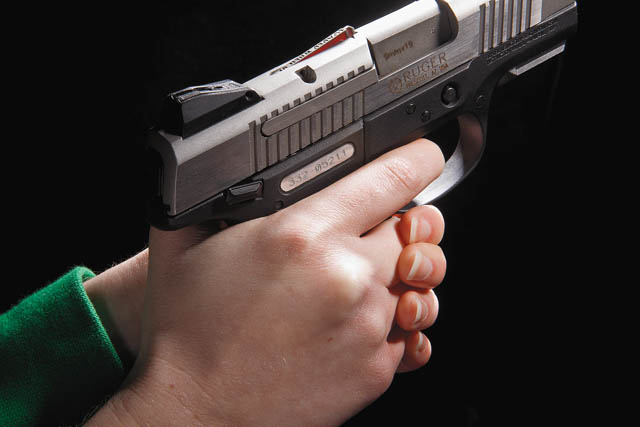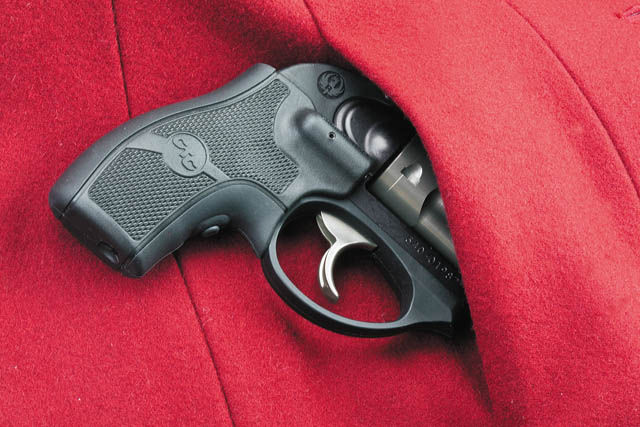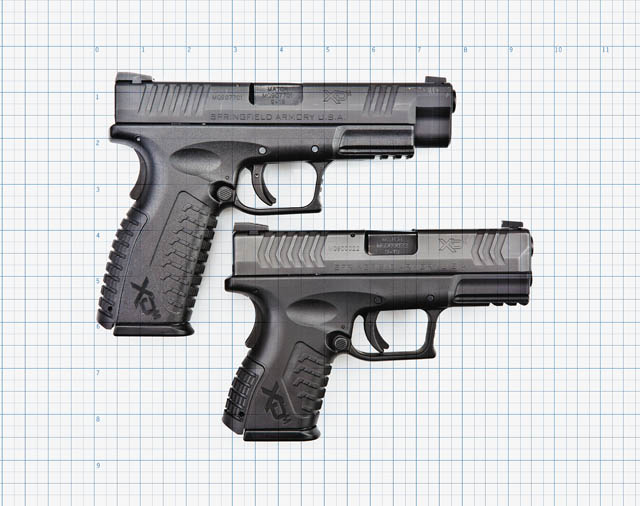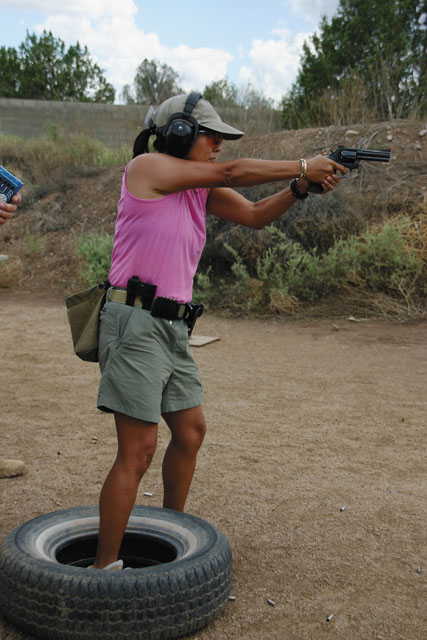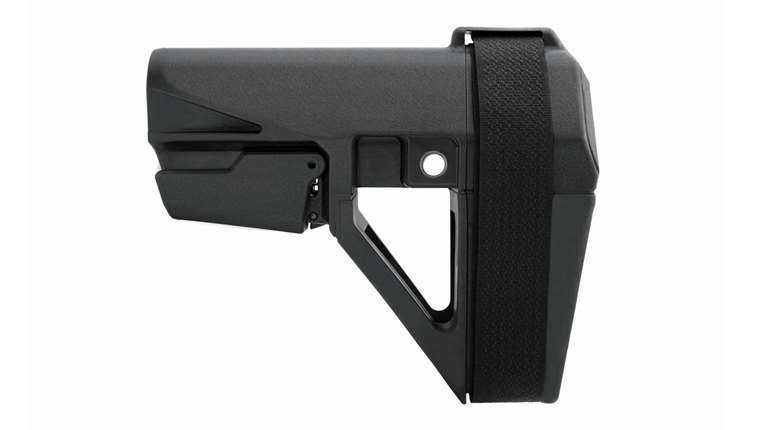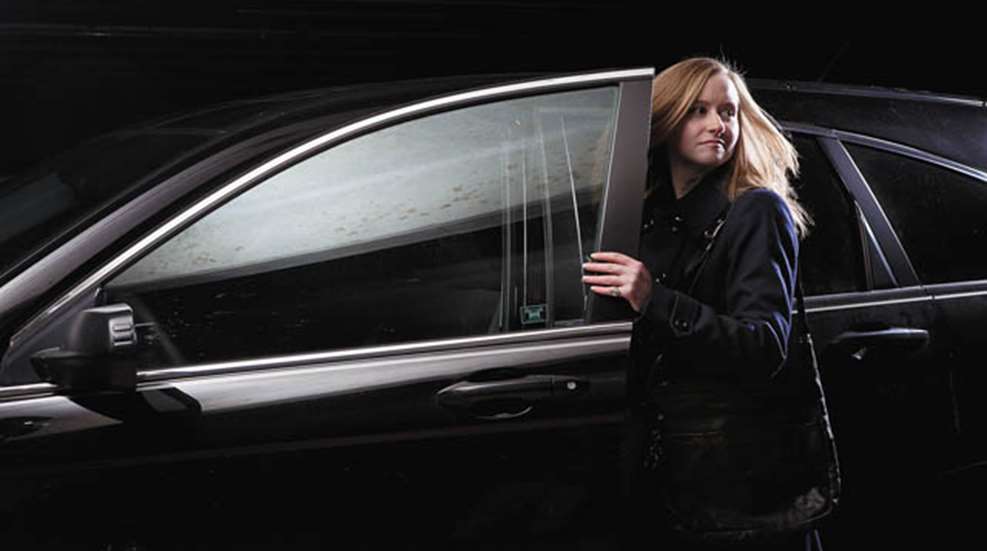
Most of us in the shooting community have embraced the idea that we are each responsible for our own personal safety. But if you're a woman, there might be far more to this. Not only are we responsible for our own safety, but we might very well be the final line of defense for others in our lives.
The harsh reality is that even a sub-average criminal will try to remove his biggest obstacle first—and that will most likely be any man you're with. That leaves you.
What about when you're out with the girls, or the kids? Has anyone given much thought to what to do when a bad guy appears? Well, he has. That leaves you.
Right about now, you should be getting very serious about moving forward with that plan you've been hatching—the one in which you learn more about self-defense. Specifically, the one where you learn how to use (or get better with) that great equalizer—the firearm.
Where to Begin?
First things first. Get some proper training, from professionals. You may have family and friends who are shooters. They may be sure they were put on this earth to teach you, and insist upon doing so.
But, here are some proper responses. "No." "Stop." "Don't." You get the idea.
It's not, as is typically assumed, the dynamic between husband and wife, parent and child or even friends that gets in the way of good training, although those relationships can definitely be an issue. Most parents and spouses/mates are not trained firearm instructors.
Remember, just as in driving or cooking, the fact someone has been doing something a long time doesn't mean he does it well. Even if he does it well, that doesn't mean he can teach others to do it well.
More to the point: even a friend with the best intentions can impart improper shooting technique and information. They tend to rely on what has worked for them, and may not have the benefit of having taught and watched scores of shooters learn and struggle through various issues. They may not have the knowledge, ability and training to take you through what's needed for true defensive shooting—not just drilling holes in paper at the range.
On top of all this, smaller-statured shooters can face additional issues, particularly when they are just beginning. An experienced firearm trainer can quickly identify and resolve these issues as soon as they become apparent.
You're far more likely to get the firearm education most appropriate to you and your traits when working with a good professional. You'll be off to a proper start, and will be less apt to develop poor habits that will undermine your defensive foundation.
So go get some training. Real training. Professional training. Start with firearm safety. Then work your way into marksmanship, gun handling and other elements crucial to being able to use that tool for self-defense.
Not Just About Shooting
As you move through your firearm education, make sure you and your trainer aren't placing too much emphasis on pure marksmanship to the exclusion of the other skills you'll need to get you through a crisis. Your trainer should spend time working on gun manipulation. Also called gun handling, this encompasses everything from being able to reload quickly when you run the gun empty to clearing stoppages, figuring out where and how you're going to carry and how to get the gun out from where it is stored.
Another topic you should learn is how to avoid danger in the first place—heightening your situational awareness and thinking and behaving in ways that minimize the risks to yourself and your loved ones. You should also understand enough about ballistics and ammunition to make informed decisions about what loads to use for different purposes.
There is more, and it's not complicated. Your trainer will be able to provide you with a solid and well-rounded understanding of what goes into personal defense with your handgun. Most important, you will develop the element most critical to good defense—your mindset. My bet is, as you start to take more control of your own safety and manage that tool in the process, you'll have more and more fun, too.
Get Your Own
You need to have your own guns. Yes, plural. While it's lovely to have an excuse to go shopping, do not march out and get the first firearm that feels good in the store, or worse, accept the handgun some well-meaning soul hands off, lends or gives to you.
As I say to men and women alike, guns are like shoes. They have to fit. That means they have to fit both the occasion—training, carry, car, etc.—and the user. Much like shoes, you are the best, and possibly the only, person to judge that fit. Even more like shoes, guns are best chosen after being tried out a bit.
Ask your trainer if he has recommendations and samples for you to shoot. If not, try one of the many ranges with rental firearms available. It may take a while to settle on your choice. The more you're able to shoot a handgun, the better you'll be able to judge whether it's the one for you. Don't rush. It's an investment. But even more important, it's a tool upon which your life may depend.
Size matters. There. Not only have I said it to hundreds of women in classes, I've now committed it to print. Many gun purchasers make the mistake of trying to match the size of firearm to that of the person—big guy, big ol' gun. With handguns, however, smaller is not necessarily better. Again, like shoes, much depends on the planned use of the handguns.
Are you training to improve marksmanship? Practicing with many rounds? Smaller and lighter firearms have less mass to absorb recoil. They are also usually a bit tougher to aim. For these and other reasons, when starting out, or when you're expecting to do a lot of training and shooting, smaller is worse. While there are indeed times when smaller is better—when you're trying to conceal a firearm, for example—make sure you're always using the appropriate tool for the given purpose.
And don't buy cheap. Just like with shoes, you get what you pay for.
The More, the Merrier
"Can't I get one that'll cover everything?" Again, ladies, think shoes. Enough said.
I'll ask the men out there: Do you have just one screwdriver? Or even better, do you have just one firearm? Okay then—she shouldn't either.
You'll want more than one. You'll need more than one. Even if only for defensive purposes (never mind if you decide to compete, hunt or engage any number of other shooting-related activities), you'll want at least one for carry, at least one for the home and perhaps one for the car. As the popular saying goes, "One is none; two is one."
If you think you're only going to have a handgun for defense, then you'll still need at least two: one smaller, lighter model for everyday carry and one with the same action type, but bigger and more robust for comfort and durability for training.
Revolver or Semi-Automatic?
Herein lies an age-old conversation-starter and point of contention. There is no correct answer except perhaps, "It depends."
Each type of action has its benefits and disadvantages. As you define and refine the objective or role for each tool, you'll be able to decide which type of action you want in your handgun.
For starters, though, here are some considerations. Semi-automatics usually provide shorter lengths-of-pull—the distance your finger has to clear to access the trigger. Most models also have higher ammunition capacities than like-sized revolvers.
Revolvers, on the other hand, are simpler to use across a variety of shooting scenarios. They are less prone to malfunction, for example. They also require less room to be able to function (the semi-auto slide must have space to travel back and forth) and thus can often operate from inside a pocket or a purse.
For each type, there are many other considerations, and much to be determined by how you like shooting the different actions. Your instructor can help you work through the pros and cons, and which type best suits your shooting purposes and style.
Just Another Appliance
Do not be afraid. Remember, ladies, firearms are a part of our heritage. In the pioneer days, women treated guns like just another household tool. Pesky bear in the garden? Grab that rifle and take care of the problem. Cupboard bare and men off in the fields? That shotgun leaned up in the corner ought to bring a bird or two for supper.
The point is, guns are not a "guy" thing. If you can run a blender and cut through a watermelon, you've got the mechanical ability and the strength to run a gun. Your instructor will show you how, and if he's experienced with teaching smaller-statured folk, he'll be able to show you how to use your body's leverage to do everything the big boys can. I promise. If not, come see me.
Do not expect to "get it" in one session. Be realistic. If defensive deployment of a firearm is something new to you, it's going to take some commitment and practice to feel confident. But that's true with any new thing. If you take your responsibility seriously, it'll come faster than you expect. This is not only possible, it's probable.
Just like with your firearm, don't skimp on other equipment, lessons or range time. Invest in making the training experience as high quality as you can, especially in the beginning. This will pay off through quicker learning, more confidence and a strong base from which you can grow and get stronger.
Last, but absolutely not least, always remember your mind is your primary weapon. A good defensive firearm course will teach you things above and beyond what you can do with a handgun. Just in the act of taking a class, you're on your way to gaining the most important protective asset of all—the foundation of a strong defensive mindset.
Learning to shoot: fun. Having my own pistol or pistols: cool. Knowing how to use it: priceless.
Il Ling New is an instructor at Gunsite Academy, where she teaches both men and women self-defense skills with handguns, rifles and shotguns. She's also the first woman to shoot a Cape buffalo with a handgun in Mozambique.
